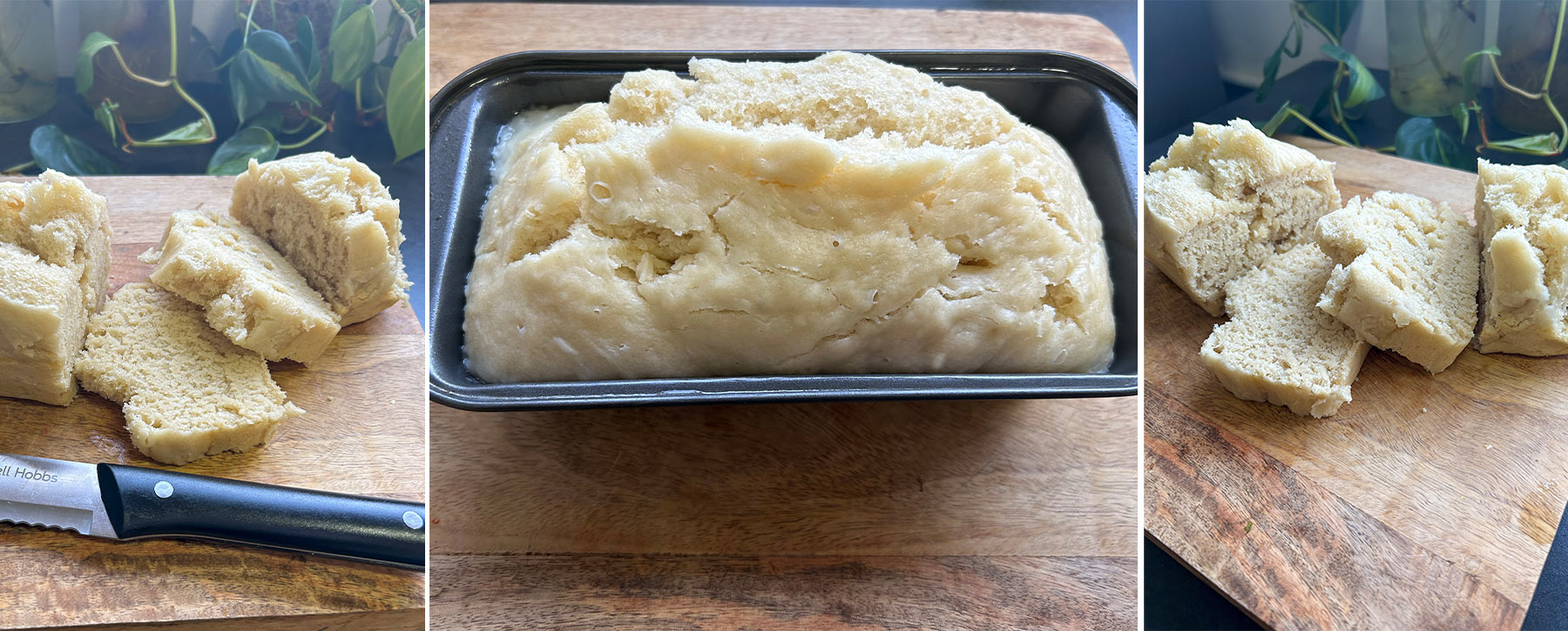I feel a sense of vindication. A week ago, I shared how my attempt at making amagwinya or vetkoek had completely flopped.
Read more in Daily Maverick: Fail! How I shamed myself with my amagwinyas-of-mass-destruction
I’ve carried feelings of shame and a modicum of melancholy for weeks, as amagwinyas are a much-treasured food item in South Africa. As a proud South African, I feel like I disappointed the nation. Such a betrayal of a loved food item is akin to treason — worthy of my citizenship being revoked, at least temporarily.
The stakes for redemption were high.
My colleague and food hero, Tony Jackman, threw me a lifeline and asked me to make *dombolo, a traditional South African steamed bread. I spiralled emotionally as mini anxiety attacks followed in succession before responding to Jackman’s challenge. “Great! Another opportunity to screw up another staple food item in many homes within the country. This time, I’ll be lynched,” I said in my mind.
I accepted Jackman’s challenge, agreeing to make Dombolo. My game plan involved going back to the basics. I couldn’t cut corners this time or lean into the convenience of a dombolo premix. Gosh, my discovery along the k*k cook journey is that there is a large universe of premixes; premixes for everything, including variations of bread, amagwinya, dombolo, pastries, and muffins. You name it and it’s on the shelves).
Every dry and wet ingredient would be carefully mixed. As the TikTok community suggested in my amagwinya fail video, in cooking and baking, nothing beats making something from scratch. Doing this apparently gives you control over the quantity and choice of ingredients.
So, at the weekend, with no pressure to follow the intense political news cycle (government of national unity stuff), I assembled ingredients including self-raising flour (any kind of flour works), salt, instant dry yeast, and sugar. These ingredients were mixed with lukewarm water and oil. The full ingredients list and method are below.
The beauty about dombolo is that the dough to make it can also yield amagwinyas. The difference lies in preparation as dombolo is cooked using a simmering pot of water, while amagwinyas are fried in a pot of oil. I’m proud to report that my dombolo came out beautifully; light and fluffy to the touch.
The dombolo is the antithesis of how my amagwinyas panned out, coming out rock-hard. I served the dombolo with a stew of mala mogodu (tripe) and cow heels. Look out for a separate article soon on my mala mogodu-making experience.
In this column, I refer to steamed bread as dombolo. I’m aware that there are several names used to describe steamed bread. Other people call it dombolo or uJeqe (the isiZulu version). The difference between the two is in the cooking method. Idombolo is usually prepared separately in a pot of steaming water.
Meanwhile, uJeqe (or the dough) is often cooked on top of or together with a stew in a pot. It all depends on where you come from. I am from Soweto, Johannesburg. I grew up calling both versions idombolo.
The measurement for the dombolo ingredients below is designed for singletons or people who live alone as I do. But the measurements served three people, who asked for seconds. Be kind in assessing the recipe. It belongs to my mother.
Ingredients
3 cups of plain flour
2 tsp instant dry yeast
2 tsp sugar
1 ½ tsp salt
1 ½ cups lukewarm water
2 tsp cooking oil
Method
In a large bowl, combine the yeast, oil, and lukewarm water and allow to sit for between five and 10 minutes or until foamy. This will be the wet mixture.
In a separate bowl, add the flour, sugar, and salt, and mix until well combined. Then add the wet mixture until a dough is formed. Aim for a dough consistency that is not watery but is firm, smooth, and evenly combined.
Turn the dough out onto a floured surface and knead until the dough stops sticking to your hands. Then place into an oiled metal or plastic bowl and allow to rise for one hour.
Once doubled in size, place the metal bowl into a simmering pot of water. The water should be filled halfway or a quarter up the way to cover the bowl. Make sure to keep topping up the water so that the water in the pot does not dry out. Or else your dombolo will burn.
Steam for between 45 minutes and one hour or until a knife comes out clean from the dough that has turned into steamed bread.
Remove the bowl from the simmering water and let it cool slightly before removing the bread from the bowl. Et voila, it is ready to be served. DM
TGIFood
Redemption! I came back stronger with light, fluffy dombolo





